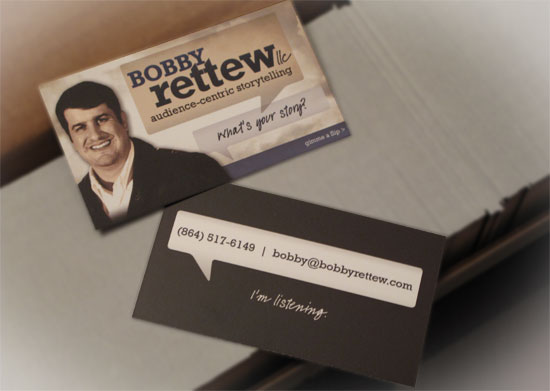Telling stories has to have a purpose…there is a reason why you want to tell that story! You want to reach an audience, you want someone to listen to your story. We have been telling stories as long as we can remember. Whether it is around the kitchen table, in the car, wherever there is someone to listen.
We need a medium to deliver the story; whether it is our voice, the written word, or some piece of technology. These stories are told to create a group of listeners, ones who are attracted to these stories, and sometimes in a way so that they can repeat them. Whether it is the printing press, a website, video, pen & paper, radio, or even the cave walls…technology takes these stories and creates a community around the distribution method.
From one perspective, communities are built around people and relationships. The communities grow as the relationships grow, and as more and more people cross paths, the level of connectivity increases. But for those people to connect, there must be a “red string” that connects these relationships, so a piece of communication that connects is the common place. That common place, that “red string” are stories. The stories are the ties that bind communities.
Think about LinkedIn, which has the different degrees of connectivity between relationships. But how is that relationship formed? What story was told to connect those people together, or that layer of connectivity, that “red string” that ties those people together? The lines that connect the dots represent that story of connectivity.
Those who have larger layers of connectivity have the ability to use some distribution method (voice, technology, etc.) as a shared place to continually transmit those stories.
So this brings me to the thesis of this discussion, stories of purpose that have found the right method to deliver and so create the connectivity in the communities in which we exist. So how are we really telling our stories, how are we really relaying our passion? Are we sharing to a mass audience or a small group of people?
Think for a second…remember when you are trying to remember a conversation you had or how you arrived at a particular thought. You start back-tracking though the stories you heard, the stories that were told. You identify the conversations you had…those conversations take place between people. Can you remember the stories that have had the greatest impacts on the people you told? Think…what story have you told that created a reaction then was repeated to another?
We want to know how stories are reaching people right now. We want to measure it through tracking mechanisms, whether it be Google Analytics, Neilsen Meters, number of magazines sold, or even the number of people that sign up to hear us speak. Is it tracking the connectivity via technology? What it’s really tracking is the effectiveness of the story. We all want our story to be told, we want someone to repeat that story in its complete authenticity. We want to connect with those who identify with our stories. Are we more focused on the reach or the story itself?
Technology is a commodity, the distribution point is a commodity, but the story has an equitable value beyond the value associated. There is value in the means to reach the audience, but the true value lies in the heart of the story. The stories are those that connect us to others, not the technology, not other people, but the “red string” of connectivity that lies inside our stories.
Telling stories has to have a purpose…there is a reason why you want to tell that story! You want to reach an audience, you want someone to listen to your story. We have been telling stories as long as we can remember. Whether it is around the kitchen table, in the car, wherever there is someone to listen.
We need a medium to deliver the story; whether it is our voice, the written word, or some piece of technology. These stories are told to create a group of listeners, ones who are attracted to these stories, and sometimes in a way so that they can repeat them. Whether it is the printing press, a website, video, pen & paper, radio, or even the cave walls…technology takes these stories and creates a community around the distribution method.
From one perspective, communities are built around people and relationships. The communities grow as the relationships grow, and as more and more people cross paths, the level of connectivity increases. But for those people to connect, there must be a “red string” that connects these relationships, so a piece of communication that connects is the common place. That common place, that “red string” are stories. The stories are the ties that bind communities.
Think about LinkedIn, which has the different degrees of connectivity between relationships. But how is that relationship formed? What story was told to connect those people together, or that layer of connectivity, that “red string” that ties those people together? The lines that connect the dots represent that story of connectivity.
Those who have larger layers of connectivity have the ability to use some distribution method (voice, technology, etc.) as a shared place to continually transmit those stories.
So this brings me to the thesis of this discussion, stories of purpose that have found the right method to deliver and so create the connectivity in the communities in which we exist. So how are we really telling our stories, how are we really relaying our passion? Are we sharing to a mass audience or a small group of people?
Think for a second…remember when you are trying to remember a conversation you had or how you arrived at a particular thought. You start back-tracking though the stories you heard, the stories that were told. You identify the conversations you had…those conversations take place between people. Can you remember the stories that have had the greatest impacts on the people you told? Think…what story have you told that created a reaction then was repeated to another?
We want to know how stories are reaching people right now. We want to measure it through tracking mechanisms, whether it be Google Analytics, Neilsen Meters, number of magazines sold, or even the number of people that sign up to hear us speak. Is it tracking the connectivity via technology? What it’s really tracking is the effectiveness of the story. We all want our story to be told, we want someone to repeat that story in its complete authenticity. We want to connect with those who identify with our stories. Are we more focused on the reach or the story itself?
Technology is a commodity, the distribution point is a commodity, but the story has an equitable value beyond the value associated. There is value in the means to reach the audience, but the true value lies in the heart of the story. The stories are those that connect us to others, not the technology, not other people, but the “red string” of connectivity that lies inside our stories.
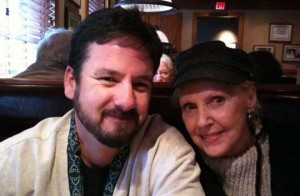

 Now if you take that same principal and place it into your everyday work routine. Imagine taking just a few minutes everyday and meeting someone new. The cup of coffee is just a pathway to a conversation…it is a connection point. So is thaa game of golf or other relationship building tool…just a connection mechanism. But do we really foster those relationships?
Now if you take that same principal and place it into your everyday work routine. Imagine taking just a few minutes everyday and meeting someone new. The cup of coffee is just a pathway to a conversation…it is a connection point. So is thaa game of golf or other relationship building tool…just a connection mechanism. But do we really foster those relationships?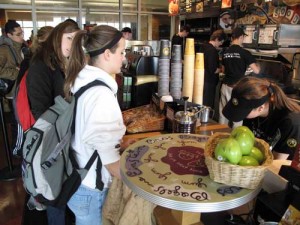 So each semester, I take one day and make my students follow me to the coffee shop on Clemson’s campus. Today was that day. It was a day to forget about proposals, projects, and grades…it was a day to talk about what it means to leverage those relationships and the greatest potential that walks by them each day during class change.
So each semester, I take one day and make my students follow me to the coffee shop on Clemson’s campus. Today was that day. It was a day to forget about proposals, projects, and grades…it was a day to talk about what it means to leverage those relationships and the greatest potential that walks by them each day during class change. Use frequency when telling these stories. Find the people that have stories that change a view-point, raise someone’s’ awareness, or reveal a new idea…and tell those stories. Tell them on a regular basis. Identify the layers of the stories and use those layers as the frequency. Each time you tell a story, peel away one more layer…one more piece of the bigger story. As one more piece is revealed and each micro story is told…the audience gains a bigger insight into the “red-string”.
Use frequency when telling these stories. Find the people that have stories that change a view-point, raise someone’s’ awareness, or reveal a new idea…and tell those stories. Tell them on a regular basis. Identify the layers of the stories and use those layers as the frequency. Each time you tell a story, peel away one more layer…one more piece of the bigger story. As one more piece is revealed and each micro story is told…the audience gains a bigger insight into the “red-string”.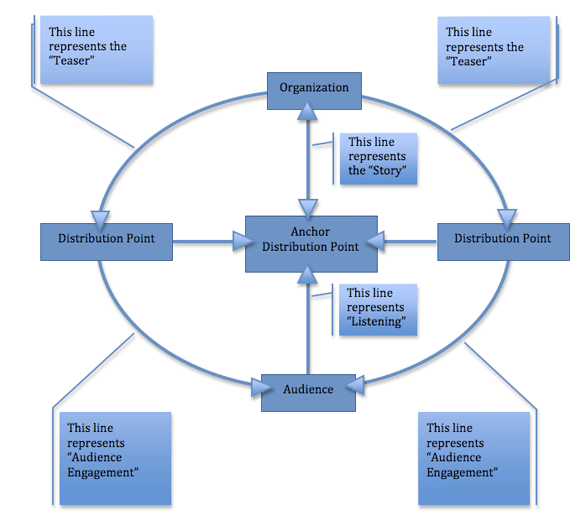
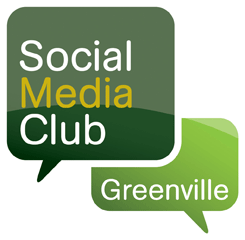 To listen to the the complete presentation and conversation between Congressman Bob Inglis and Trey Pennington, go to
To listen to the the complete presentation and conversation between Congressman Bob Inglis and Trey Pennington, go to 